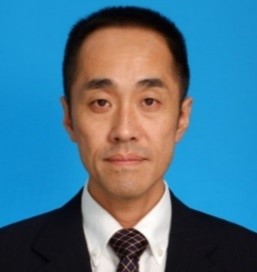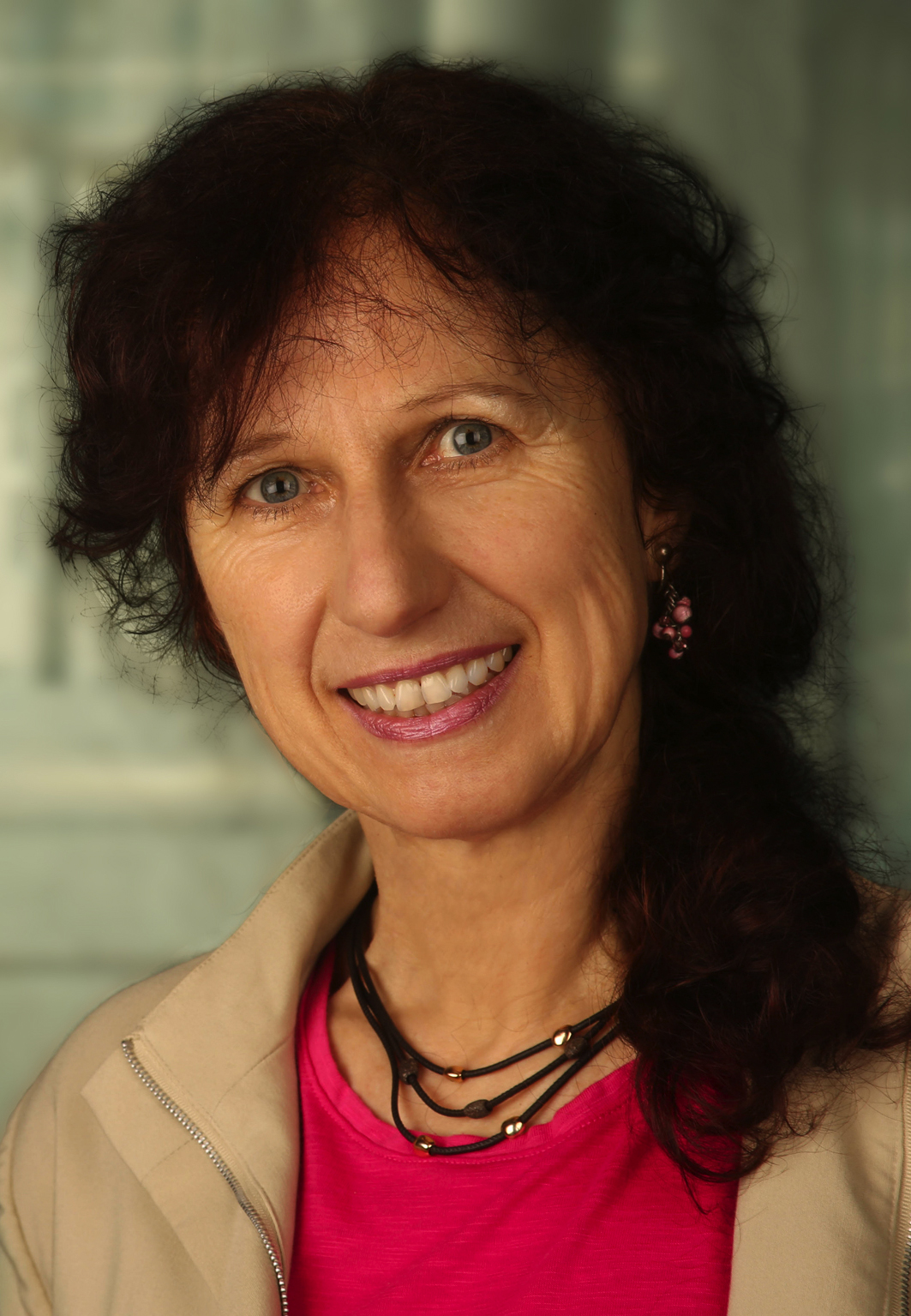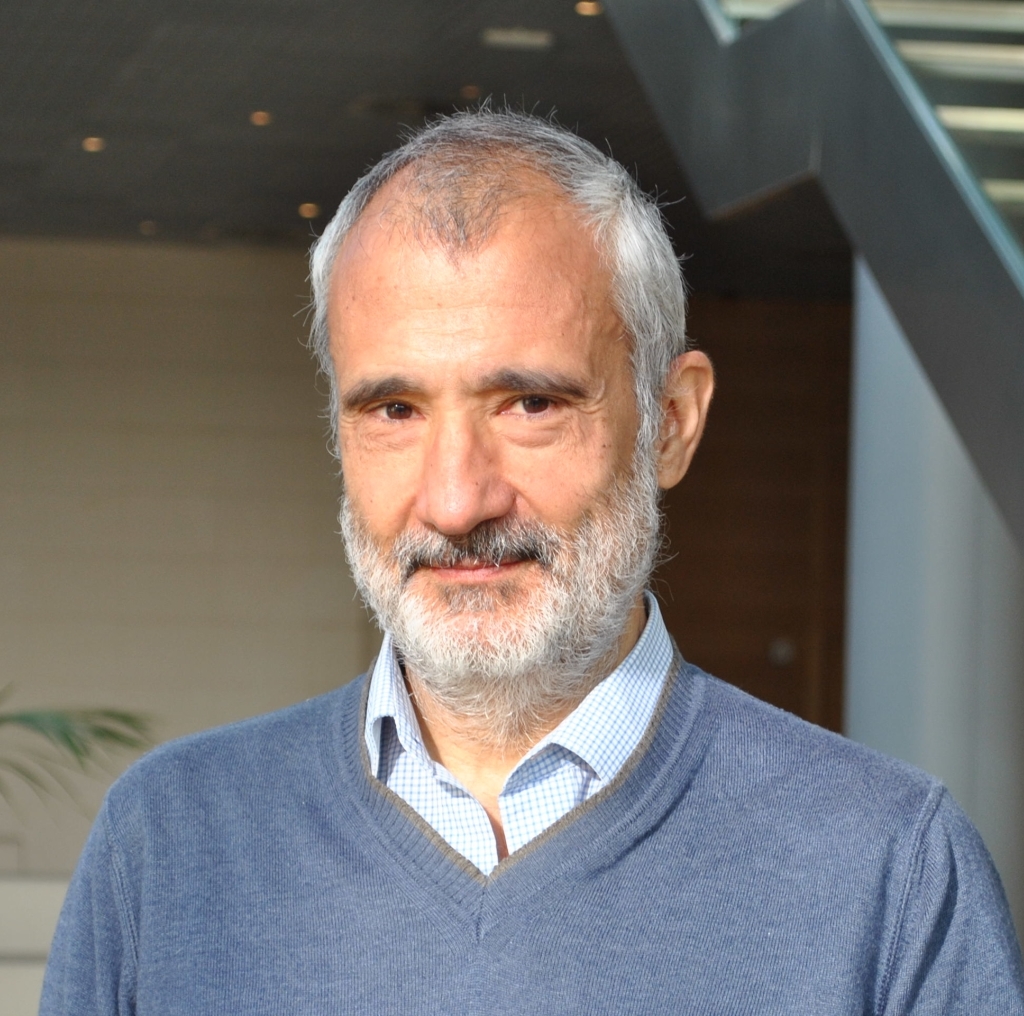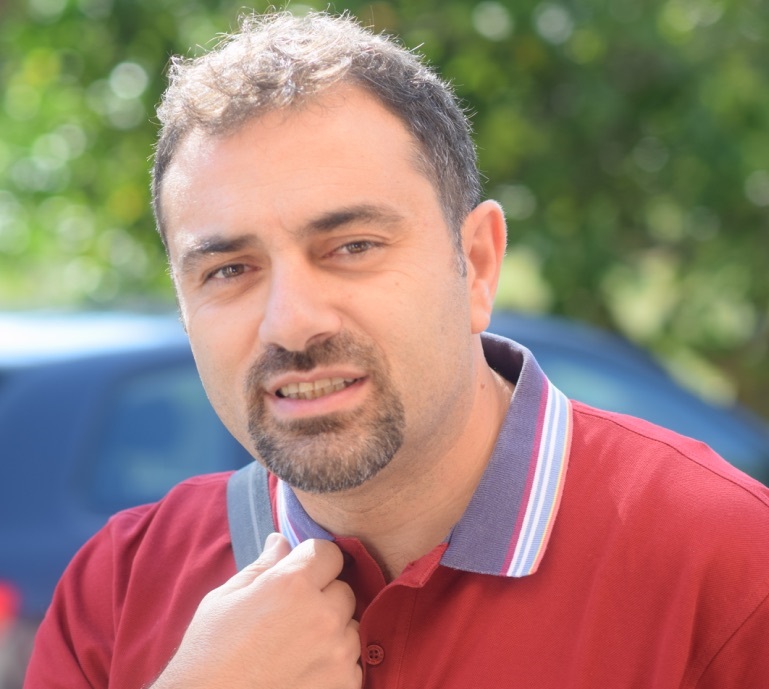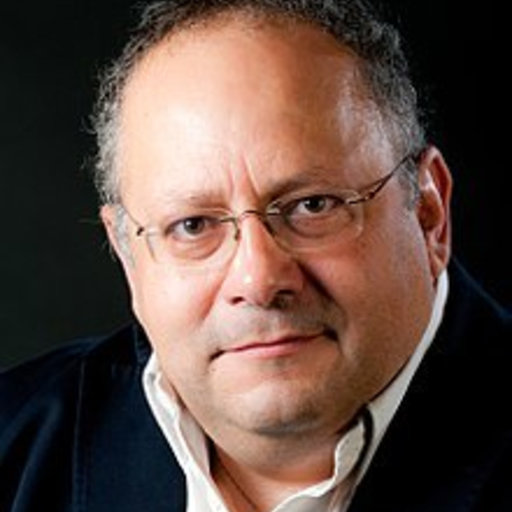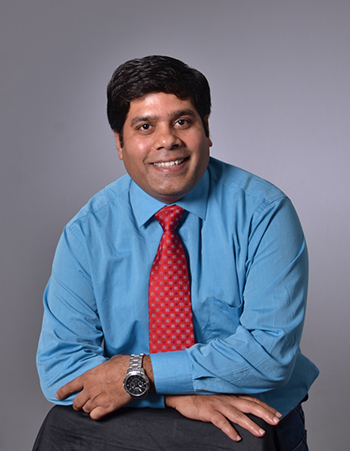Invited Speakers
Assoc. Prof. Ichiro Imae
Department of Applied ChemistryGraduate School of Advanced Science and Engineering
Hiroshima University
Japan
Speech Title: Graphene/Silicon Composite Synthesized by Facile, Inexpensive, and Environmentally-Friendly Method and Its Application to Lithium-ion Battery
Abstract: Lithium-ion batteries (LIBs) using silicon as the anode have a higher charge-discharge capacity than those using graphite, but the repeatability of their charge-discharge cycles is extremely low. Recently, composites of silicon with graphene have been used for LIBs, but their synthesis method is complicated and needs to be improved to realize industrial applications. In this study, graphene/silicon composites are synthesized through a simple and environment-friendly method using tetraethyl orthosilicate and natural graphite as inexpensive starting materials. The resulting composite is identified through Raman spectroscopy, X-ray photoelectron spectroscopy, and thermogravimetric analysis. It is confirmed that the atomic ratio between silicon and carbon in the composite is consistent with that of the starting materials. Lithium-ion batteries are manufactured using the obtained composites as the anode material, and their charge/discharge properties are investigated. The manufactured batteries show a higher charge-discharge capacity than a graphene-anode-based battery as well as superior charge-discharge cycle characteristics as compared to a silicon-anode-based battery.
Prof. Dr. Eleonore Fröhlich
Center for Medical ResearchMedical University of Graz
Austria
Speech Title: Assessment of biological effects caused by inhaled nanoparticles
Abstract: Biological effects of nanoparticles in the human body are determined by similar parameters as conventional molecules, namely absorption, distribution, metabolism and excretion. Exposure via inhalation, oral ingestion and contact with the skin are the most relevant portals of entry for environmental and medical nanoparticles. The pulmonary epithelium is the most permeable and the most vulnerable among these barriers and particles may induce cytotoxic and pro-inflammatory effects particularly in the deep lung. Relevant factors for physiologically relevant assessment of pulmonary exposure will be addressed, such as specific culture conditions (air-liquid interface culture), mono- and co-culture (epithelial cells and macrophages) and types of particle administration (as aerosol and dispersion in simulated lung fluid). In addition, models for the assessment of repeated exposure will be described.
Prof. José Manuel Torralba
Universidad Carlos III de MadridIMDEA Materials Institute
Spain
Speech Title: Development of a Cr-Based Hard Composite Processed by Spark Plasma Sintering
Abstract: A novel Cr-based WC hardmetal having nanosized tungsten carbide grains has been developed using PM route. Consolidation by spark plasma sintering obtaining near full density and good levels of fracture toughness values and a good wear performance in comparison with conventional Co base cemented carbides. The effect of different carbon contents on microstructure and phase formation is fully investigated and optimized to reach the best combination of properties.
Dr. Filippo Giubileo
Senior ResearcherInstitute for Superconductors, Innovative Materials and Devices (SPIN)
Italian National Research Council (CNR)
Italy
Speech Title: Field Emission characterization of two-dimensional nanosheets
Abstract: Field emission (FE) phenomenon is exploited to develop cold electron sources for flat panel displays, electron microscopy, as well as X-ray sources. The application of a high electric field can favour the emission of electrons from a metallic or semiconducting surface by tunnelling effect through the vacuum barrier. Indeed, the intense electric field causes a reduction of the potential barrier at the interface between the emitting surface and the vacuum. Moreover, nanostructured emitters can profit of an important field enhancement at the edge of the emitters, due to their aspect ratio. Therefore, several kind of nanostructures are investigated as FE devices. In particular, two-dimensional transition metal dichalcogenides (TMDs) have sharp edges that favour the field enhancement and consequently the emission of electrons at a relatively low turn-on field. In this talk, we will discuss the field emission properties of TMDs (such as MoS2, PdSe2 and WSe2). We report detailed experimental characterization performed by using a tip-shaped anode inside a scanning electron microscope in order to precisely tune the cathode-anode separation distance and obtain high field with relatively low voltages. We also show that by having the two-dimensional TMD nanosheets on a Si/SiO2 substrate, the FE current can be modulated by the back-gate voltage (where the Si is used as gate), demonstrating the possibility to develop a TMD-based vertical field emission transistor.
Keywords: Field emission, Transition metal dichalcogenides, two-dimensional, nanosheets, field enhancement factor, Fowler-Nordheim theory.
Prof. Shlomi Dolev
Chair Professor, IEEE Fellow, EAI Fellow and Founding ChairDepartment of Computer Science
Ben-Gurion University of the Negev
Israel
Speech Title: Towards In-vivo Autonomous Nanorobots for Cancer Treatment
Abstract: The design of a nanorobot that can navigate, detect cancer cells in the blood and actuate the exposure of drugs will be presented. The nanorobot is designed with blood energy harvesting capability and the accumulation of electricity in a capacitor, which forms the main body of the nanorobot. Glucose hunger-based cancer detectors immobilized on a carbon nanotube sensor, reduces its electrical resistance when attached to a cancer cell. This mechanism in turn allows electric current to activate a nano-electrical-mechanical relay (mechanical transistor) to break the chamber ceiling exposing a drug identified by the immune system for cell elimination. This concept is in line with the effort to design an autonomous computational nanorobot for in vivo medical diagnosis and treatment. Through this work, we present an overall picture towards an inorganic autonomous computational and communicating nanorobots for cancer diagnosis and treatment.
Prof. Ajay Kumar Mishra
Academy of Nanotechnology and Waste Water InnovationsJohannesburg, South Africa
Research School of Polymer Materials
Jiangsu University
China
Speech Title: Nanocomposites for Water research innovations
Abstract: Nanocomposites are easy to be prepared and considered as promising and green materials. Environmental sustainability has been highest priority by researchers across the globe therefore it is highly essential to prepare low cost, green and eco-friendly materials. It is evident that small addition of the nano size fillers dramatically increase the materials properties. Green nanocomposites usually fabricated by combination of nanomaterials with either natural materials such as biopolymers or derived through green source, are the new trend in the remediation of environmental problems. Green nanocomposites have advanced characteristics of excellent adsorption properties. Green nanocomposites minimized the exposure of metal to the environment what enables special recognition owing to their advanced properties over conventional adsorbents. Various types of functionalized nanomaterials have been developed in the virtue of anchoring specific functional groups on their surface modification. The current talk will be focused on various nanocomposites for the remediation of the various pollutants from waste water.
List of Speakers will be updated soon

